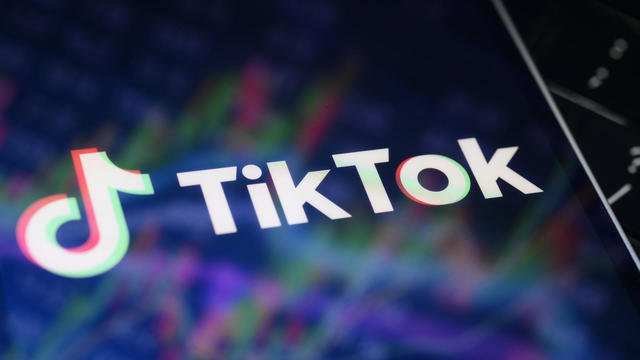TikTok announced on Thursday its plan to start labeling AI-generated content automatically from various platforms, including OpenAI’s Dall-E and its own tools and generators.
Given the rapid development of AI, concerns about authentication have grown, particularly regarding deepfakes that could potentially disrupt society.
“AI-generated content is a fantastic creative outlet, but it’s crucial for viewers to know,” said Adam Presser, Head of Trust & Safety at TikTok.
The automatic labeling of AI-generated or edited content marks a significant move for social media platforms.
TikTok, owned by Chinese company ByteDance, revealed its intention to test a label “that we eventually plan to apply automatically to content that we detect was edited or created with AI.”
According to the Financial Times, this will encompass content made using Adobe’s Firefly tool, TikTok’s AI image generators, and OpenAI’s Dall-E.

TikTok also disclosed its participation in a coalition, spearheaded by Adobe, which aims to integrate industry-wide labeling into AI-generated products, often referred to as watermarking.
The Coalition for Content Provenance and Authenticity (C2PA) sets a technical standard to better identify the provenance of AI-generated content.
“By collaborating with peers to label content across platforms, we’re empowering creators to explore AI-generated content responsibly while deterring harmful or misleading AI-generated content, which is prohibited on TikTok,” Presser commented.
Initially, TikTok’s auto-labeling will be gradual, but as more platforms adopt the C2PA standard to mark their AI-generated content, “we’ll be able to label more content.”
OpenAI, the Microsoft-backed AI company behind the popular image generator Dall-E and ChatGPT, also joined the initiative on Tuesday, announcing the launch of a tool to detect whether digital images have been created by AI.
TikTok’s move to provide assurances on AI authenticity coincides with the company facing a legal ultimatum to either divest from its Chinese owner or face a ban in the United States.


